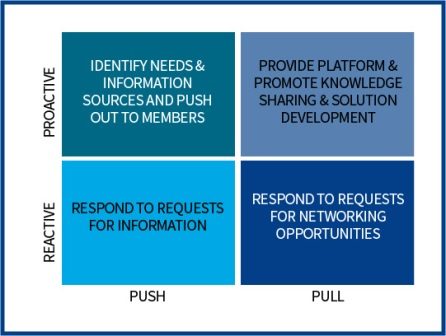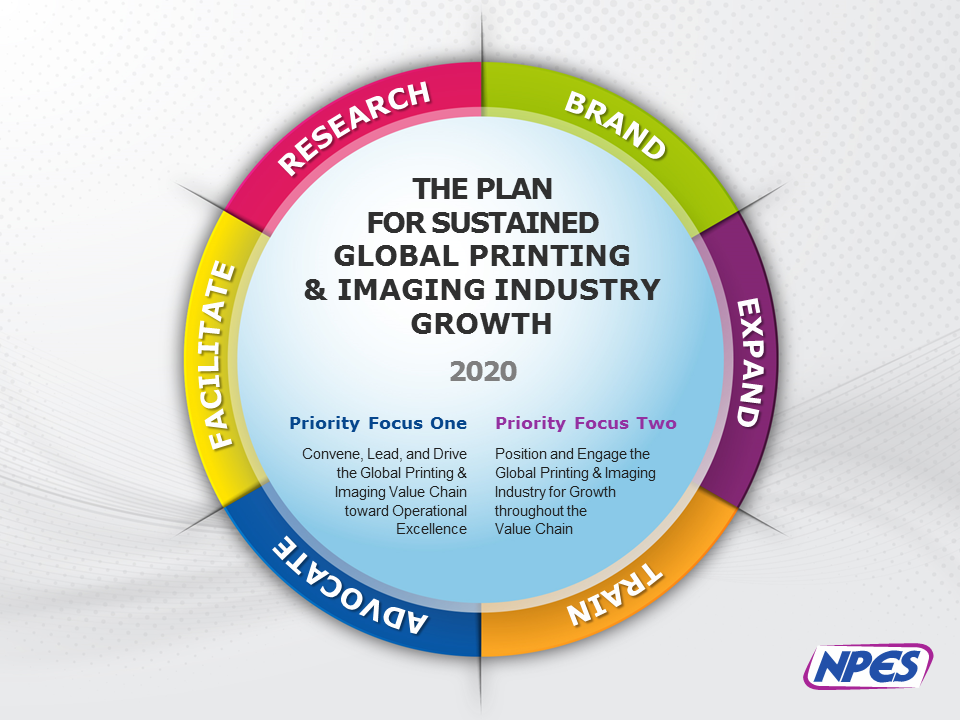
Driving Sustainable Industry Growth Helps Trade Associations Energize Member Engagement
With global economic uncertainty dominating most conversations, we’re learning that Trade Associations who drive sustainable industry growth are helping their organizations by energizing member engagement. Forward thinking CEO’s are utilizing Strategic Planning or Business and Engagement Planning to research Industry challenges and Business outcomes and then identify their Associations as extensions of Industries. By following this approach these Association Executives are now energizing member engagement.
Global Uncertainty is Not Going Away

Despite eight plus years of growth in the United States and improving economic performance in Europe, challenges remain. A second quarter survey conducted by the Association of Finance Professionals reflects some of these concerns. According to the recently released results, “treasury & finance professionals remained apprehensive about the economy, and similar to last quarter, their organizations accumulated cash and short‐term investment holdings in response.”
Mixed Bag for Global Manufacturers
Although global manufacturers are experiencing improving conditions, there are reasons to maintain caution according to Chad Moutray,  Chief Economist for the National Association of Manufacturers (NAM). “It is clear that the global manufacturing sector has turned a corner, with improvements in demand and production seen in many key markets. As a result, the manufacturer outlook remains quite elevated and exports have increased this year – a nice turnaround after numerous challenges cited in the past two years. Yet, even with progress, business leaders are anxious for pro-growth policy changes, and geopolitical worries are also a constant source of uncertainty.”
Chief Economist for the National Association of Manufacturers (NAM). “It is clear that the global manufacturing sector has turned a corner, with improvements in demand and production seen in many key markets. As a result, the manufacturer outlook remains quite elevated and exports have increased this year – a nice turnaround after numerous challenges cited in the past two years. Yet, even with progress, business leaders are anxious for pro-growth policy changes, and geopolitical worries are also a constant source of uncertainty.”
Energizing Member Engagement is a Must for Trade Associations
Regardless of global uncertainty, company executives face increasing pressure to deliver top line growth and earnings performance. How do Trade Associations utilize these factors to energize member engagement? By building Trade Associations that Drive Sustained Industry Growth. Energizing member engagement in today’s world is so much more a journey than a destination. Why? Based on the current trajectory the complexity of Industry Growth Challenges will only increase. This means that Trade Association CEO’s who perceive these growth challenges as opportunistic for their organizations are on target to align themselves with the Industry challenges and Business outcomes that their members care the most about. In doing so, energizing member engagement becomes more about Industry Growth than it does about Trade Association performance.
Energizing Member Engagement Means You Are an Industry Growth Advocate
If members perceive your Trade Association as focused on what it must achieve instead of what the Industry must achieve, they are heading for the exit ramp. Organizations who want to energize member engagement must reposition the organization as an Industry growth advocate. This shifts the conversation, and demonstrates the return on member engagement that your members insist upon in an uncertain global environment.
Geopolitical uncertainty and technological disruption are dramatically changing Traditional Trade Association Strategic Planning processes. Static three year Strategic Plans are being replaced with a nimbler Business or Engagement Planning regimen. It’s now about becoming an Industry Growth Advocate through a 3 step process involving direct engagement of your board, your members, Industry Suppliers, and Industry Customers that requires:
- Industry Survey Research – Comprehensive and segmented understanding of the challenges and growth opportunities in the Industry.
- Industry Brainstorming – Collaboration among your Board of Directors with your staff team to generate new ideas and approaches to address challenges and move the needle for the Industry.
- Industry Business & Engagement Planning – More Board collaboration to construct a nimble Business and engagement plan to address challenges and grow the Industry.
Once all the steps are completed, your organization is positioned as a flexible and thoughtful “Industry Growth” advocate.
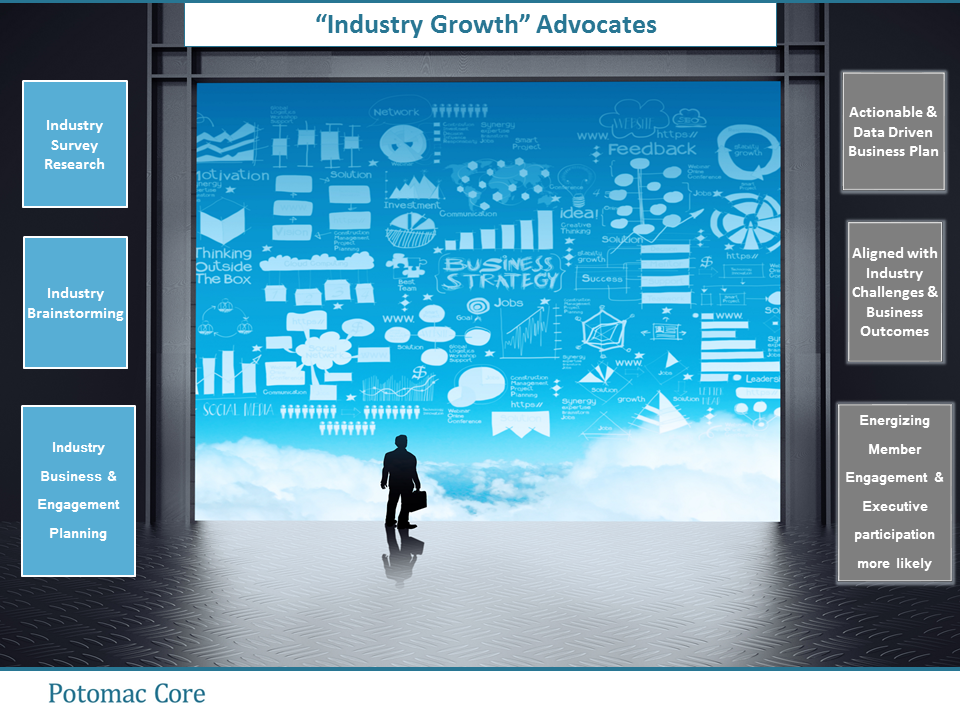
Why Your Trade Association Should Consider This Approach and Energize Member Engagement
It provides 3 reasons why your organizations should utilize this approach to Building Trade Associations that Drive Sustained Industry Growth:
- An actionable and data driven business plan reflecting the Industry’s challenges and desired Business outcomes.
- A more closely aligned organization connected with the Industry’s challenges and business outcomes.
- It delivers an environment where energizing member engagement becomes more likely.
CEO’s Who are Building Trade Associations that Drive Sustained Industry Growth & They Are Energizing Member Engagement
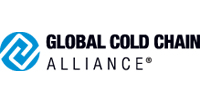
 Corey Rosenbusch, President & CEO, Global Cold Chain Alliance (GCCA) notes, “the impact beyond driving revenue was shifting our mindset and Strategic Plan from an inward focus to an outward focus, with an intended impact on member’s Business outcomes.” The organization’s mission now is to “grow the Industry and lead the cold chain.”
Corey Rosenbusch, President & CEO, Global Cold Chain Alliance (GCCA) notes, “the impact beyond driving revenue was shifting our mindset and Strategic Plan from an inward focus to an outward focus, with an intended impact on member’s Business outcomes.” The organization’s mission now is to “grow the Industry and lead the cold chain.”
GCCA reinforces their plan to “Grow The Industry, Lead The Cold Chain, Develop Talent and Drive Supply Chain Profitability” with Key Performance Indicators. The Association is continually reinforcing its commitment to growth of the Industry. Two years ago, GCCA and United Fresh launched a Global Cold Chain Expo bringing customers together with Industries that are engaged in temperature controlled logistics. The organization is also launching an Industry customer survey to inform their members on current and emerging trends in food storage and logistics.
One of GCCA’s goals is to “Drive Supply chain profitability and do so by mitigating the cost of regulatory compliance.” The chart below will show how their Industry focus helped to achieve a decrease in the number of violations and OSHA fines per inspection.
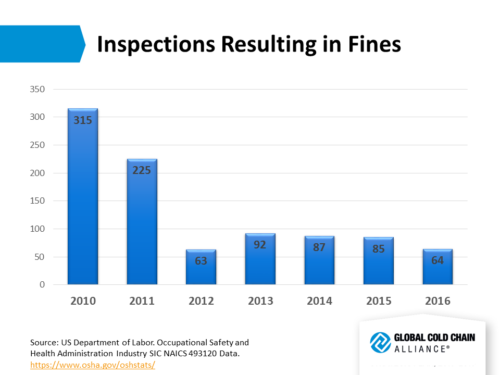
Two years after their plan was approved, the Trade Association reports a 25% increase in revenue.
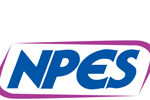
 Thayer Long, President, NPES, The Association for Suppliers of Printing, Publishing and Converting Technologies, sought a data driven approach in order to energize member engagement by connecting his organization with Industry Challenges and outcomes. Reflecting upon the process, he notes “Our team is aligning itself with Industry and the entire value chain. Through this process we are well situated to have a major impact on Industry outcomes and results. We now can become the leader which our members and the industry need.”
Thayer Long, President, NPES, The Association for Suppliers of Printing, Publishing and Converting Technologies, sought a data driven approach in order to energize member engagement by connecting his organization with Industry Challenges and outcomes. Reflecting upon the process, he notes “Our team is aligning itself with Industry and the entire value chain. Through this process we are well situated to have a major impact on Industry outcomes and results. We now can become the leader which our members and the industry need.”
NPES and its Board developed a Business plan geared toward moving the needle for the Industry. Leveraging Industry and Customer Survey Research the Staff Team and Board of Directors established 2 top priorities to help the industry improve its operating excellence and grow its top line revenue.

Along with his Senior Team, Thayer Long is also building a dashboard to serve as an Industry Alignment Index. NPES will utilize these metrics and annual survey research to ensure that it remains laser focused on helping and supporting Industry growth.

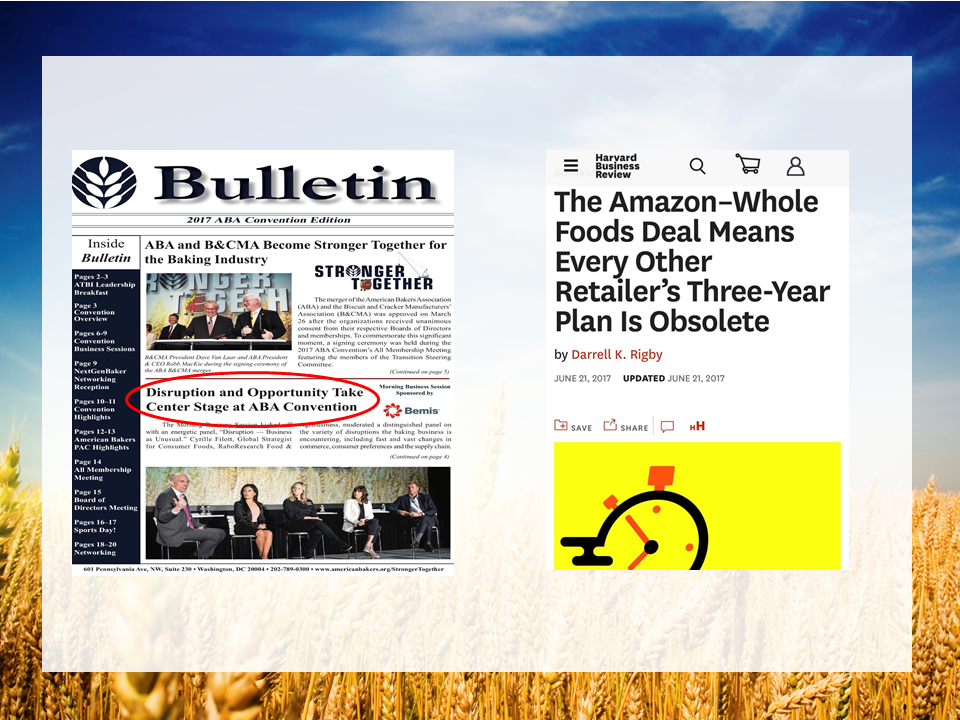

In one of the oldest and most vital industrial segments, Bakers, Suppliers, and Retailers are seeking ways to achieve growth in a changing environment. The Baking Industry is an important driver of economic activity. Currently, it generates over $153 billion in economic activity annually with an employment base of 799,000 skilled people. In a period of disruption and evolving customer attitudes, the Association sought a data driven planning process to help them uncover future opportunities for the Baking Industry. From market disruption to evolving consumer attitudes, Robb MacKie, President & CEO of ABA sees a data driven planning and engagement process as essential for the Trade Association and for the Baking Industry.
Recently an ABA Task Force reviewed Industry Survey Data and Robb Mackie indicated that in an uncertain Business environment, “We needed to uncover critical challenges and new opportunities to support our Industry. Our Board Task Force is very impressed by the candor of our discussions and appreciates having an opportunity to identify new and different ways to help them achieve success.”
Energizing Member Engagement
For the Global Cold Chain Alliance, NPES, and the American Bakers Association energizing member engagement is connected to building Trade Associations that Drive Sustained Industry Growth. Utilizing Industry Survey Research, Industry Brainstorming, and an Industry Business and Engagement Planning approach, these Trade Associations are aligned with Industry Business Challenges and Growth Outcomes. In doing so, energizing member engagement and increasing Executive participation is much more likely.

This article reflects key insights shared by the participants (referenced in the article) and moderator (the author) at the “Building Trade Associations that Drive Sustained Industry Growth” Panel at the Council of Manufacturing Associations Summer Conference in Boston, Massachusetts, August 4, 2017. #NAMCMA. Left to right: Panel Moderator, Daniel A. Varroney, President & CEO, Potomac Core – Association Consulting, Panelists & CMA Members, Corey Rosenbusch, President & CEO, Global Cold Chain Alliance, Thayer Long, President, NPES, and Robb MacKie, President & CEO, American Bakers Association.
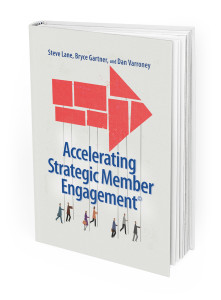
Click here to receive your free eBook “Accelerating Strategic Member Engagement”





















